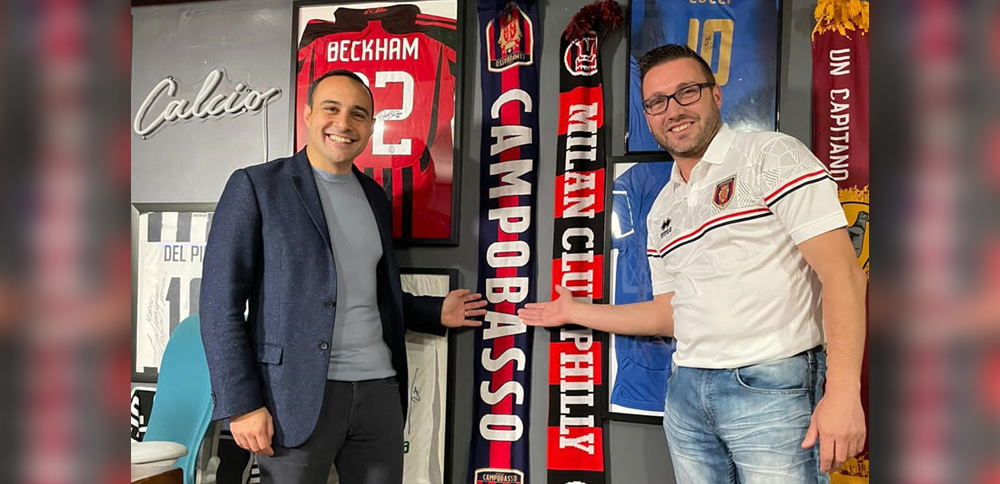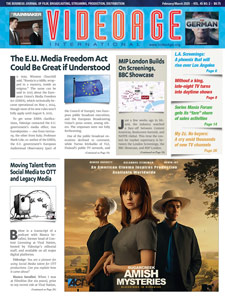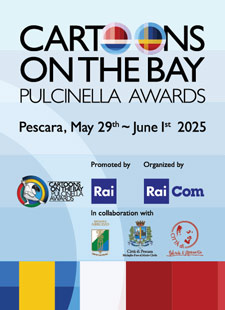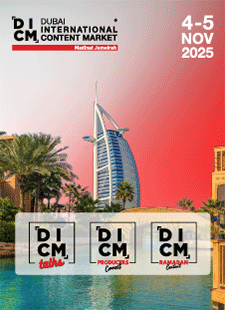By Yuri Serafini
New Yorker Matt Rizzetta joined a score of other American owners of soccer clubs in Italy, having just purchased SS Campobasso, a club that plays in the Serie D, the fourth tier in the Italian soccer pyramid.
Italian soccer has seen a flurry of foreign investment in the past decade or so. Other soccer clubs in Italy that are now foreign owned include AS Roma, AC Milan, AC Fiorentina, Parma, Inter, and Bologna FC, all in the top division (Serie A, with 20 teams). The foreign-owned team in the second-tier Serie B division is Venezia FC, while Como is in Serie C, and Campobasso is in Serie D, and currently first in the standings of group F (there are nine groups in this category).
Campobasso’s path out of the lower divisions will be long. Only the nine winners of each Serie D group are promoted to the Serie C while the bottom three finishers of the three Serie C groups are relegated to the Serie D (the Serie C winners, in turn, have the opportunity to be promoted to the Serie B, and from there to the Serie A). Similar systems of performance-based promotion and relegation will be familiar to habitual followers of European soccer, where pyramid-shaped league systems are widespread.
Even though the Serie D is Italy’s highest level of amateur soccer, per-diem allowances are permitted (capped at a little over 30,000 euro per year, or U.S.$37,000).
While achieving the required sequence of promotions from the Serie D to the major leagues is difficult, a few clubs with foreign owners have recently achieved the feat in record time, with Parma Calcio’s and Venezia FC’s respective owners notably saving their clubs from bankruptcy and guiding them back to the Serie A and Serie B, respectively (although Parma was, strictly speaking, saved by a group of Italian investors, with foreign investors formally joining later).
Rizzetta’s club is based in Campobasso, a city of 50,000 residents that is located in center-south Italy, in the Molise Region, and has a stadium seating 21,800 fans. The team plays 17 games at home each season.
These latest considerations bring to mind a set of questions for the 38-year-old Rizzetta, a communications expert and PR agent, pictured above left, with the club’s Director of North America, Nicola Cirrincione.
Are you going to acquire players or build a home-grown team? Basically, is your long-term strategy to develop local players as a source of revenue?
“[Our] team is comprised of both home-grown talent from our youth academy, as well as legacy players who have been with the club for several years and a few recent signings from the transfer market. We will continue to follow the strategy of sustaining continuity in our roster as we build for the future.”
Would your Sporting Director consider having a female coach?
“We embrace 360-degree diversity in our organization in every sense, whether it’s in the board room or the locker room.”
How are you planning to add revenue?
“Our revenue strategy is focused on five primary channels: (1) ticket sales, (2) merchandising, (3) sponsorships, (4) TV and content rights, and (5) player rights. We are trying to maintain consistency in our roster as our club continues to work our way up the Italian football ranks, so we are not in a rush to sell players for the foreseeable future. With the pandemic, our ability to generate ticket revenues has been extremely restricted, so our primary revenue strategy right now is focused on merchandising, sponsorships, and TV and content rights. We have made great strides recently to expand each of these channels through signing new international sponsors, launching a brand-new merchandise line [website] and securing an exclusive original content partnership [which excludes live game streaming] with Italian Football TV channel in the North American market.”
Currently, Serie D and even C do not get revenues from TV rights. The league streams its matches for free. How do you envision exploiting these rights? Also, how do you plan to compete in a regional or national media market?
“We are in negotiations with several North American carriers to stream our games live. These negotiations are a bit complex, since it requires negotiating both directly with the league and the carrier. We are optimistic that we will be able to secure a home for our games in North American by the beginning of next season.”
Once the virus is no longer a threat, how do you plan to fill an area that sits almost half of the population of Campobasso?
“The interest for tickets has been extraordinary. We anticipate having one of the highest season ticket subscriber bases of all clubs in our league as soon as the pandemic is over. In order to prepare for this, we are already in discussions with the Region of Molise about expanding our seating capacity beyond its current limit.”
What kind of agreement do you have with the owner of the Stadio Nuovo Romagnoli? How are you going to exploit the stadium-going experience?
“We enjoy a great relationship with the Region of Molise, which owns the Stadio Nuovo Romagnoli. We have exclusive rights to all events at the stadium. Beyond football matches, this includes concerts and national team events. We are working with the Region on some upgrades for the coming season, including enhanced seating and amenities to modernize the in-stadium experience for our fans.”
You have appointed a representative for the U.S. market, but Molise is not a well-known region in the U.S. How do you plan to increase the fan base?
“Molise has one of the highest percentages of expats per capita of any region in Italy. We are connecting with the Molisani expats across the world and truly trying to create a community around the club that is a source of pride for all the Molisani living across the world.”
You are expected to be the club president. How much time do you expect to spend in Campobasso?
“I am not the club president. Mario Gesue is our president and will remain as the president. My team is responsible for capital investments, opening up new revenue streams, and expanding the brand in international markets.”
Which upper league do you believe SS Campobasso could stably compete in?
“Our immediate goal is to earn a promotion to Serie C. Over the long-term our aim is to build the club to compete in the top divisions of Italian football.”
The club’s majority stake is held by Lugano, Switzerland-based Halley Holding, which acquired 69.23 percent. Other owners are listed as Nicola Circelli (30 percent) and Associazione Noi Siamo Campobasso (0.77 percent). Are you playing to buy them out?
“We have options up to 40 percent of the club. The remaining shares are held by Swiss-based hedge fund Halley Holding. Together we own 100 percent of the club’s shares. I am making my first trip to Campobasso later this month, and expect to be there three-to–four times per year.”
Can you tell us about your grandparents who emigrated from Italy?
“My dream was always to buy a soccer club near the town where my grandparents emigrated from. It took a lot of blood, sweat, and tears, but after 11 years I was finally able to achieve my dream. My grandparents immigrated to the U.S. from Monteleone di Puglia, in the Province of Foggia. It is about an hour south of Campobasso.”












Leave A Comment